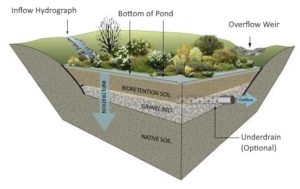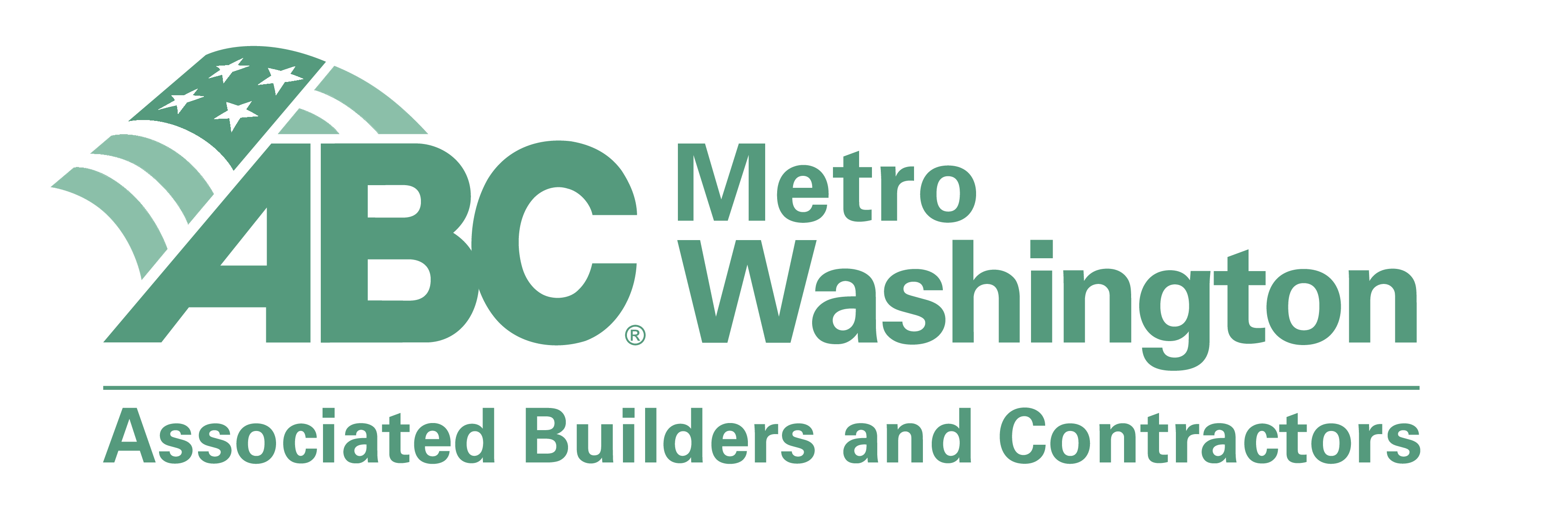Bioretention Management: What It Is & Why It Matters
Stormwater management has become a topic of concern as farmland and wooded parcels are turned into communities, retail centers, hospitals, and other planned developments. The surface water that was once filtered naturally by the vegetation and soil is returned to waterways without a filtration mechanism. This unfiltered runoff carries pollutants, chemicals, and other debris directly into storm drains. This water can end up in our rivers, streams, lakes, and bays causing contamination that threatens the natural ecosystem.

More and more Maryland counties have handed stormwater management responsibility over to property managers due to budgetary constraints. The Maryland Stormwater Design Manual Volumes I and II is the official guide for the principles, methods, and practices authorized in the state of Maryland. While this information is helpful, it can still be difficult for property managers to meet the regulated guidelines to stay in compliance.
What Is Bioretention?
Bioretention is a stormwater management process that provides a means of capturing runoff and preventing it from entering the waterways. Two of the most commonly used methods of bioretention include – a bioretention pond and rain gardens.
Bioretention Ponds
A bioretention pond can be large or small and uses a combination of plantings and special drainage systems to filter surface water runoff before it makes its way into the watershed. Plantings around the pond help to slow the velocity of the water and pick up small particles of sediment. The water then travels into the pond where there is typically additional planting and a mulch layer. These plants and mulch further filter the water and the mulch layer provides an environment for beneficial microorganisms to grow. Once the water reaches the mulch layer, it is designed to “pond” so that it slowly filters through the drainage layer which is typically comprised of soil, aggregate, filter fabric, and piping. The thought is that anything that could negatively impact the waterways will be filtered long before the water enters the storm systems.

Bioretention facilities can be traditional ponds but the technology of filtering rainwater using this type of system has really expanded. Because bioretention facilities are typically required on new construction projects, they have been redesigned to be more aesthetic and to fit into spaces where a typical pond would not work. Plantings have changed dramatically as well and now offer some multi-season interest. Plants such as River Birch, Red Oak, Iris, and various ornamental grasses not only perform the function of bioretention, but they also improve the aesthetics of the property.
Rain Gardens
Rain gardens are another type of bioretention facility, but rather than looking like a large pond, they are smaller depressed areas in the landscape designed to capture rainwater from roofs, driveways, and sidewalks. Rain gardens don’t have specialized drainage systems like larger bioretention ponds and are not as large or deep. These types of facilities are heavily planted with perennial plants like ornamental grasses, flowering perennials, and small shrubs that act as the main source of water filtration. The function is similar to a large bioretention pond, but the volume of water passing through them is usually much less since these are used mostly for individual residences.

Maintenance of Bioretention Facilities
Depending on the amount of rain and snow, tens of thousands to hundreds of thousands of gallons of water may pass through a stormwater structure over the course of a year. So how do you make sure it is working the way it should with that amount of activity?
Here are a few tips…
- Perimeter grass needs to be mowed – frequencies can depend on your location and their own requirements for proper maintenance, but a good rule of thumb is 4 times throughout the active growing season.
- Debris can clog bioretention facilities. Remove leaves, branches, and other yard debris away from an inlet or outlet features to allow unobstructed flow of water to the drainage layer otherwise, you end up with a flood
- Because small particles of sand and silt can accumulate in the ponding layer of larger ponds, they will occasionally need to be cleaned and re-dug using large equipment. If the pond seems to be holding water longer than usual or if it is overflowing during storms, have this checked.
- Never store or deposit yard debris in rain gardens of bioretention facilities. The additional debris can negatively impact how well the water is filtered and can result in flooding or unwanted debris and pollutants making it into the watershed.
Our Commercial Design and Landscape Enhancement Services
Maintaining a beautiful and healthy landscape takes time, effort, and careful consideration of your property’s unique needs. Our commercial design and landscape enhancement services include drainage systems and erosion control, as well as soil drainage correction. If you have an issue that you would like our team to review, please don’t hesitate to reach out to us. We proudly serve businesses in Maryland, Northern Virginia, and Washington, D.C.






